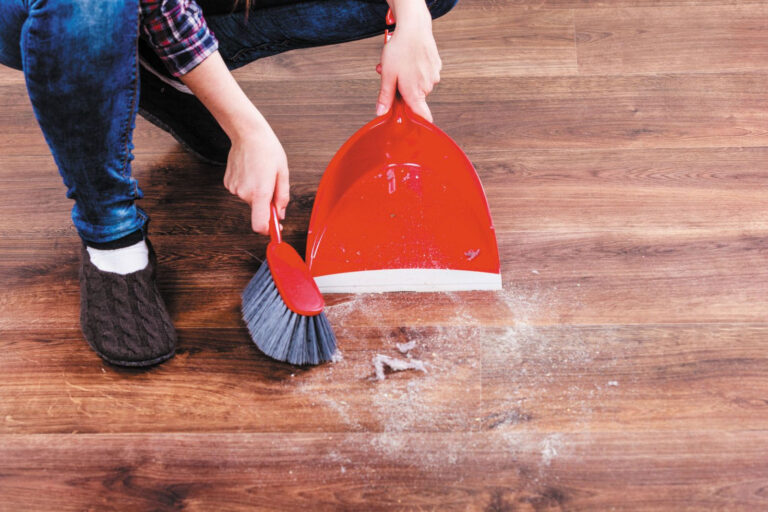Maintaining healthy air quality in your home is crucial for your overall health and well-being. Poor indoor air quality can lead to a variety of health problems, including allergies, respiratory issues, and even cancer. However, there are many simple steps you can take to improve the air quality in your home.
Keep your home clean
Keeping your home clean is an essential step in maintaining healthy indoor air quality. Dust, dirt, and other pollutants can accumulate in carpets, on surfaces, and in upholstery, contributing to poor air quality. Regular cleaning, including vacuuming floors and carpets, dusting surfaces, and cleaning upholstery, can help to reduce the buildup of these pollutants and promote a healthy living environment. In addition to routine cleaning, it’s also important to address any sources of indoor air pollution, such as smoking, excess moisture, and harsh cleaning products, to further improve indoor air quality.
Ventilate your home
Proper ventilation is a key factor in maintaining healthy indoor air quality. When the air inside your home is stagnant, pollutants like dust, allergens, and volatile organic compounds (VOCs) can accumulate, leading to poor air quality and potential health issues. To improve ventilation, open windows, and doors when weather permits, or use exhaust fans in kitchens and bathrooms to remove excess moisture and pollutants.
This can help to circulate fresh air throughout your home, improving air quality and reducing the risk of respiratory problems. Proper ventilation is especially important when using cleaning products, painting, or engaging in other activities that can introduce pollutants into the air.
Change air filters regularly
Regularly changing your HVAC system’s air filters is an important step in maintaining healthy indoor air quality. Dirty or clogged filters can decrease the efficiency of your system, reducing its ability to effectively remove pollutants and circulate clean air. Over time, this can lead to a buildup of dust, pet dander, and other allergens in your home, exacerbating respiratory problems and contributing to poor air quality.
To avoid these issues, change your air filters regularly according to the manufacturer’s recommendations. This will help to ensure proper airflow and filtration, keeping your home’s air clean and healthy.
Maintain your furnace
Regular maintenance of your furnace is important in maintaining healthy indoor air quality. Over time, furnaces can accumulate dust, debris, and other pollutants, which can negatively impact the quality of the air in your home. Additionally, a poorly maintained furnace can lead to problems with ventilation and the circulation of clean air.
To avoid these issues, it’s important to have your furnace serviced regularly by a professional technician. This can include cleaning the furnace and ducts, checking for leaks or other issues, and replacing worn or damaged parts. By maintaining your furnace, you can ensure that it is functioning properly, which will help to improve the overall air quality in your home.
Control humidity levels
Controlling humidity levels in your home is an important step in maintaining healthy indoor air quality. High humidity levels can promote the growth of mold, bacteria, and other microorganisms, which can contribute to poor air quality and potential health hazards. To combat this, consider using a dehumidifier in areas of your home that are prone to excess moisture, such as bathrooms and basements.
A dehumidifier can help to control humidity levels, reducing the likelihood of mold growth and improving overall air quality. It’s also important to repair any leaks or other sources of excess moisture in your home, as these can contribute to high humidity levels and poor air quality. By controlling humidity levels, you can help to create a healthy and comfortable living environment for you and your family.
Test your home for radon
Testing your home for radon is an important step in maintaining healthy indoor air quality. Radon is a radioactive gas that can seep into homes from the ground, and exposure to high levels of radon can increase the risk of lung cancer. If you live in an area with high radon levels or your home has a history of radon issues, it’s important to test your home for radon regularly.
You can purchase a radon testing kit online or contact a professional radon testing and mitigation service to assess your home’s radon levels. If elevated levels of radon are detected, a mitigation system can be installed to reduce radon levels and improve indoor air quality.
By following these tips, you can help maintain healthy indoor air quality in your home, promoting a safer and more comfortable living environment for you and your family.

